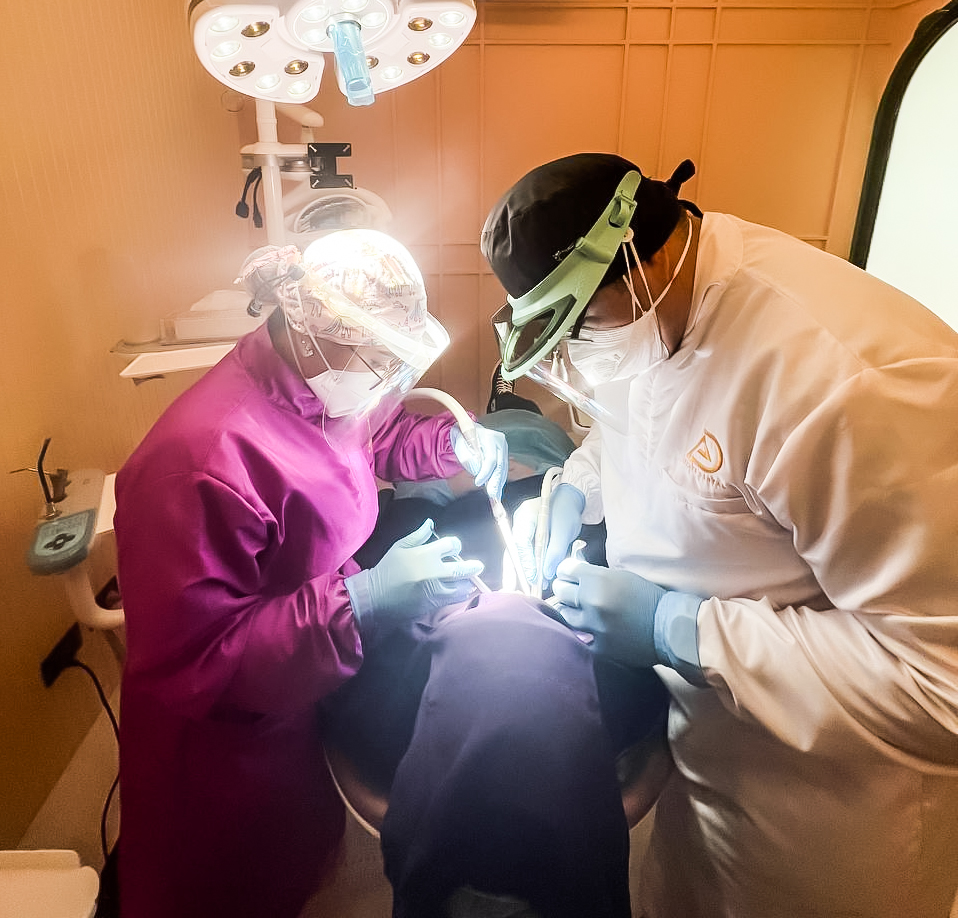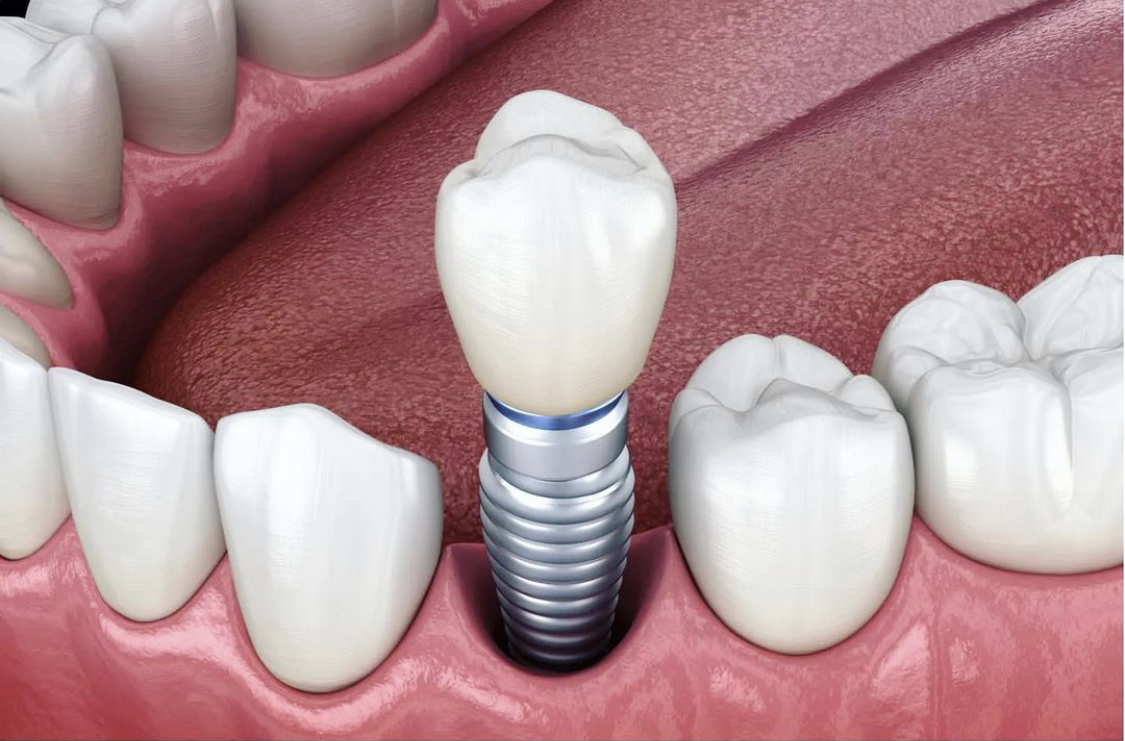
Dental Implant
A dental implant is a groundbreaking dental procedure that offers a permanent replacement for a missing tooth. Crafted from biocompatible materials, such as titanium alloy, the dental implant serves as an artificial tooth root. Surgically implanted into the jawbone, it provides a stable and robust foundation for various dental restorations, including dental crowns, dental bridges, or dentures.
The primary goal of a dental implant is to seamlessly blend in with the natural teeth, both in appearance and function. With proper care and regular visits to the dentist, a dental implant can serve as a lasting and durable dental solution.
Exploring the Benefits of Dental Implants
Choosing a dental implant as a tooth replacement option offers numerous advantages, including:
- Natural Tooth Replacement: Dental implants offer a remarkably natural-looking and feeling tooth replacement that seamlessly integrates with the existing teeth.
- Supports Bridges and Dentures: Dental implants can support single or full dental bridges, eliminating the need for a removable denture.
- Prevention of Bone Loss and Gum Recession: By stimulating the jawbone, dental implants help prevent bone loss and gum recession, preserving the integrity of the facial structure.
- Enhanced Functionality: With a dental implant, chewing, eating, speaking, and smiling become more comfortable and efficient, restoring the patient’s ability to enjoy life to the fullest.
- Increased Denture Comfort and Stability: For those with dentures, dental implants can significantly improve comfort and stability, eliminating the need for messy adhesives.
- Low Maintenance: Dental implants require no special cleaning procedures, removals, soaking, or additional care beyond regular oral hygiene practices.
- Long-Term Reliability: Dental implants offer a reliable and long-lasting solution, providing patients with the confidence and assurance of a durable tooth replacement.
Understanding the Dental Implant Procedure
The dental implant procedure typically involves 3 to 4 visits to the dentist over a span of 6 to 8 months. The process can be carried out under local anesthesia, and if preferred, conscious sedation can also be used to ensure a comfortable experience for the patient.
Oral Health Assessment: Before proceeding with dental implants, the dentist conducts a thorough assessment of the patient’s overall oral health. Any existing gum disease or decay must be treated first. Diagnostic tools, such as model casts, radiographs, and CT scans, are utilized to evaluate bone quality and nearby anatomical structures. This information guides the formulation of a personalized treatment plan and drill sequence.
Placement of the Dental Implant: Once the implant site has been determined, the gum is gently cut and opened to expose the underlying bone. A series of drills are used to create a socket for the dental implant fixture, which is made from titanium. The implant is then precisely placed in the socket, and the gums are carefully stitched back to cover the implant. In cases where there is insufficient bone material, a bone graft may be required to support the implant.
Healing Period: After the implant is placed, a healing period of 3 to 6 months ensues. During this time, the implant integrates with the jawbone as bone tissue grows and anchors itself to the implant’s surface. Temporary restorations, such as a dental bridge or dentures, may be provided to maintain aesthetics and functionality while the implant site heals.
Final Restoration: Once the implant has sufficiently integrated with the jawbone, the gum is lifted again, and a healing abutment is attached to the implant, along with a temporary crown. After about a week, when the surrounding gum tissue has healed, the final permanent restoration, such as a dental crown, is fitted onto the implant, completing the tooth replacement process.

Post-Implant Follow-Up and Maintenance
After the dental implant procedure, regular check-ups with the dentist every four months are essential. During these follow-up treatments, the dentist will monitor the health of the individual implants, clean around the abutments and dental restorations, and ensure proper oral hygiene is maintained.
Risks Factors and Factors Affecting Dental Implant Success
Certain habits and practices can potentially impact the success and longevity of dental implants. Factors that may increase the risk of dental implant failure include:
- Heavy Smoking: Smoking can hinder the healing process and negatively affect the integration of the implant with the jawbone.
- Excessive Alcohol Intake: Alcohol abuse can compromise the body’s ability to heal and may lead to implant failure.
- Periodontal Gum Disease: Untreated gum disease can weaken the surrounding tissues and jeopardize the stability of dental implants.
- Immuno-compromised Individuals: Patients with compromised immune systems may experience difficulties in healing and may have an increased risk of implant failure.
- Teeth Grinding (Bruxism): Habitual teeth grinding or clenching can exert excessive force on the implants, potentially leading to damage or failure.
In conclusion, dental implants offer a revolutionary and effective solution for replacing missing teeth. With their natural appearance, functional benefits, and long-term reliability, dental implants provide patients with the confidence to smile, speak, and eat without worry. By following the proper oral care routine and attending regular dental check-ups, patients can enjoy the full benefits of dental implants for a lifetime.



